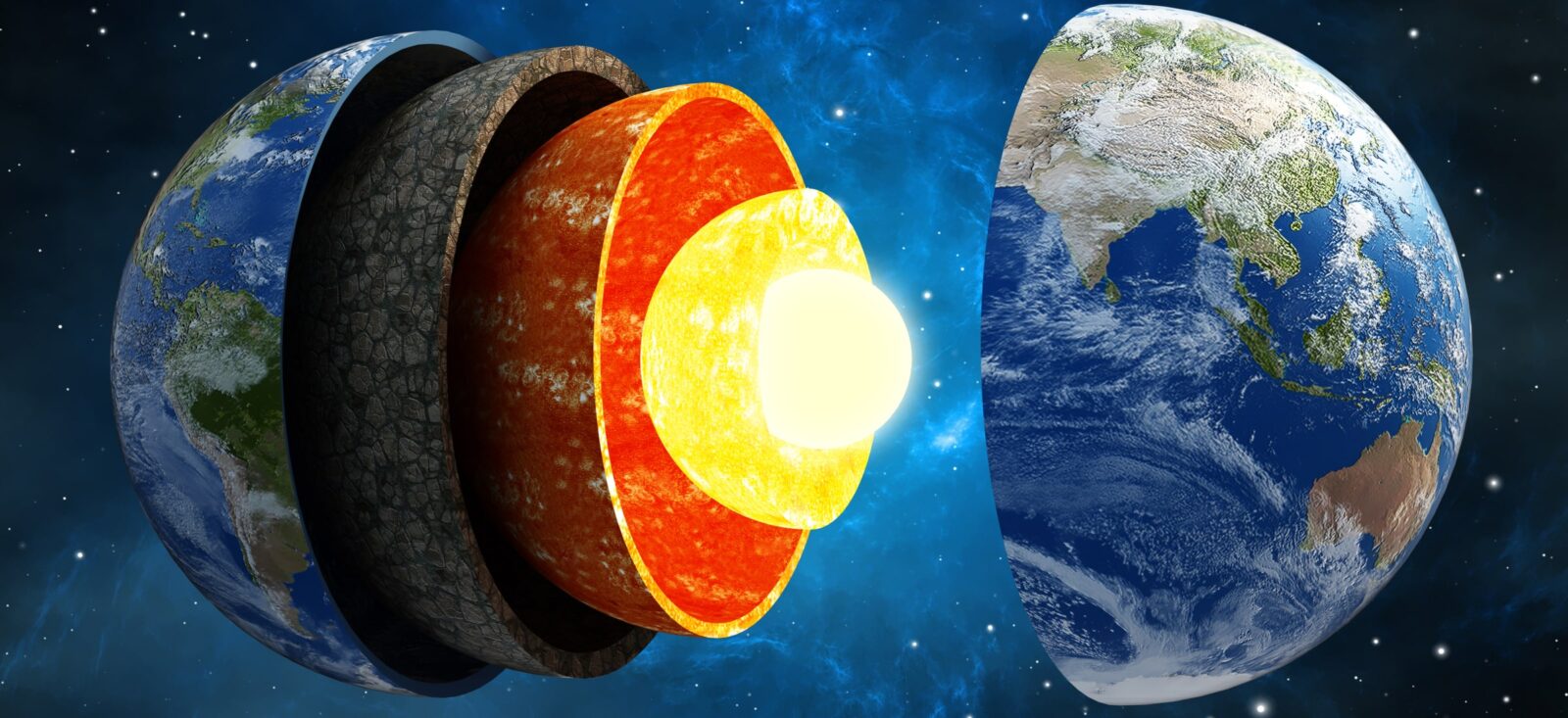It is worth realizing here that man only walks on the solid crust of the Earth and has never ventured into the depths of the planet. The deepest drilling ever conducted on the Earth’s surface reached a depth of only 12 kilometers below the Earth’s surface. That’s not a lot, considering that the average radius of our planet is 6,371 kilometers.
Thanks to seismometers placed in different places on the planet’s surface and thanks to the seismic waves that pass through the entire planet, we know that under the Earth’s crust there is a very thick cover, under which there is the outer and inner core of our planet.
Read also: The interior of the Earth is changing. The thing that gets there from the surface of the planet is responsible for this
Scientists point out this Since 2008, this innermost layer of Earth – the inner core – has been gradually slowing the rate of rotation around its axis. Observing this process is fascinating, although scientists point out that we have not yet been able to determine the consequences of this change, because such a process has not been observed before, or at least since humanity gained the ability to make such observations.
Researchers suspect that changing the rotation rate of the planet’s inner core could lead, over time, to a change in the rotation rate of the entire planet. This, in turn, may involve day extension, but also, or perhaps primarily, changes in our planet’s magnetic field.
The above conclusion is based on our knowledge that the Earth’s surface and core rotate at approximately the same rate. Yes, there are slight differences between these speeds, but in principle they rotate at the same pace.
Scientists from the University of Southern California analyzed seismic data collected from 121 earthquakes that occurred over the past three decades in the South Sandwich Islands. The seismic waves emitted by these earthquakes were recorded after passing through the Earth’s interior using seismometers located in North America.
The accuracy of these measurements was so high that scientists were able to determine when the inner core of our planet returns to the same position relative to the mantle as it was during previous measurements.
Read also: Something is happening inside the Earth. The core of our planet has almost stopped rotating
The results of the calculation turned out to be surprising. It turns out that while in the years 2003-2008 the inner core was rotating on its axis faster than the Earth’s crust and mantle, after 2008 it slowed down and has now been moving slower than the Earth’s surface for more than ten years. Then we can say that relative to the surface, the nucleus moves in the opposite direction. Of course, this is not a big difference, because the delay is part of a grade per year, but it is a noticeable change.
Scientists point out that the nucleus has enormous angular momentum. This in turn means that even such a small change requires enormous forces. It is not yet known what these forces are, but scientists suspect that we may be dealing with a change in the behavior of masses in the liquid outer core and resistance caused by the gravitational influence of the masses of the Earth’s mantle and crust.
Geologists believe that a slower inner core will lead to a slower rotation rate for the entire planet. However, we can rest assured that this will not cause any major changes to life on Earth. We’re talking here about a slowdown of the order of milliseconds per year. It is practically impossible to notice such a small change. Therefore, we can realize that such a process is occurring and continue to walk peacefully on the surface of our planet.

Echo Richards embodies a personality that is a delightful contradiction: a humble musicaholic who never brags about her expansive knowledge of both classic and contemporary tunes. Infuriatingly modest, one would never know from a mere conversation how deeply entrenched she is in the world of music. This passion seamlessly translates into her problem-solving skills, with Echo often drawing inspiration from melodies and rhythms. A voracious reader, she dives deep into literature, using stories to influence her own hardcore writing. Her spirited advocacy for alcohol isn’t about mere indulgence, but about celebrating life’s poignant moments.








